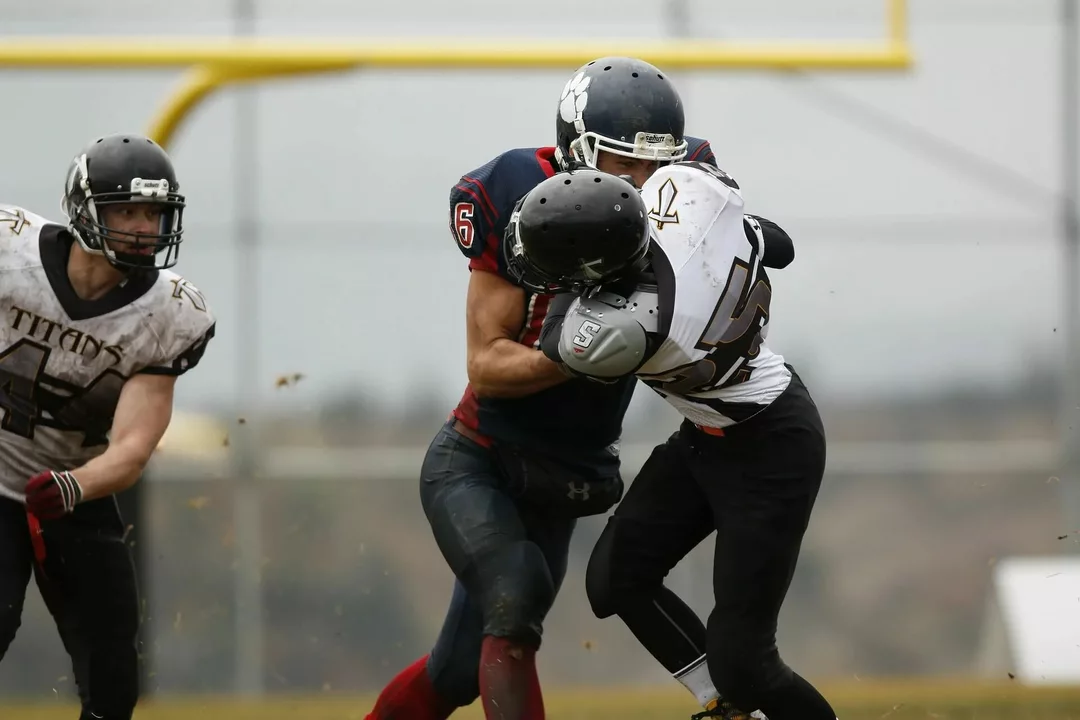High School Rugby: Your Quick Guide to Getting Started
Thinking about joining a rugby team at school? You’re not alone. Hundreds of teenagers in England, Australia and the US lace up every season, chasing the thrill of a try and the camaraderie of the locker room. This guide cuts through the noise, giving you straight‑to‑the‑point advice on what the game involves, how to train without over‑doing it, and what to watch for to stay injury‑free.
Understanding the Basics
High school rugby usually follows either the union or league code, but most schools stick with union because it’s easier to run with 15‑a‑side squads. The core idea is simple: move the ball to the opposition’s try‑line while staying on your feet. You can run, pass backward, or kick forward. Unlike American football, there’s no forward pass and you don’t wear helmets or heavy pads – that’s why proper technique matters.
Matches last 40 minutes for younger age groups, split into two halves. A try scores five points, a conversion adds two, and penalties or drop goals are worth three. Referees keep a close eye on the breakdown – the moment players compete for the ball after a tackle – because that’s where most penalties happen. Knowing the rules helps you avoid costly infractions and keeps the game flowing.
Training, Safety and Choosing a Position
Training for high school rugby is a mix of cardio, strength and skill work. Start with basic conditioning – short sprints, shuttle runs and agility ladders – to build the speed needed for a wing or the stamina for a back row. Add body‑weight exercises like push‑ups, squats and planks; they develop the core strength that protects you in tackles. If your school has a strength coach, ask for a program that emphasizes functional movements rather than heavy lifting.
Safety starts with the warm‑up. Spend at least ten minutes on dynamic stretches – leg swings, arm circles, and lunges – to prime your muscles. Learn the correct tackling technique: shoulder‑to‑hip contact, head to the side of the opponent, and wrap your arms around the torso. This reduces the risk of concussion and shoulder injuries. Most schools require a mouthguard; wearing one can prevent broken teeth and soft‑tissue damage.
Choosing a position depends on your size, speed and feel for the game. Faster, lighter players often shine on the wing or at full‑back, where speed and good catching are key. If you have a solid understanding of the game and love dictating play, the fly‑half or scrum‑half roles suit you. Bigger, stronger lads usually fit into the forward pack – prop, hooker or lock – where scrummaging power and line‑out jumping matter. Ask your coach for a quick assessment; many clubs run a “position drill” day to match players to roles.
Finally, make the most of the school environment. Join the pre‑season social, attend extra training sessions, and watch senior matches to pick up tactics. The more you see the game played, the quicker you’ll learn where you fit in. Rugby isn’t just about brute force; it’s about teamwork, communication and respect. Put in the effort, stay safe, and you’ll find the sport rewarding both on and off the pitch.
Should a high school rugby player be worried about CTE?
As a high school rugby player, the concern about CTE (Chronic Traumatic Encephalopathy) is definitely something to be aware of. This degenerative brain disease is linked to repeated head injuries, which can be quite common in contact sports like rugby. However, it's important to remember that wearing proper protective gear and practicing safe playing techniques can significantly reduce the risk. It's also crucial for coaches, parents, and players to be educated about the signs and symptoms of concussions and to take them seriously. In summary, while CTE is a valid concern, taking necessary precautions and staying informed can help minimize the risk for high school rugby players.
